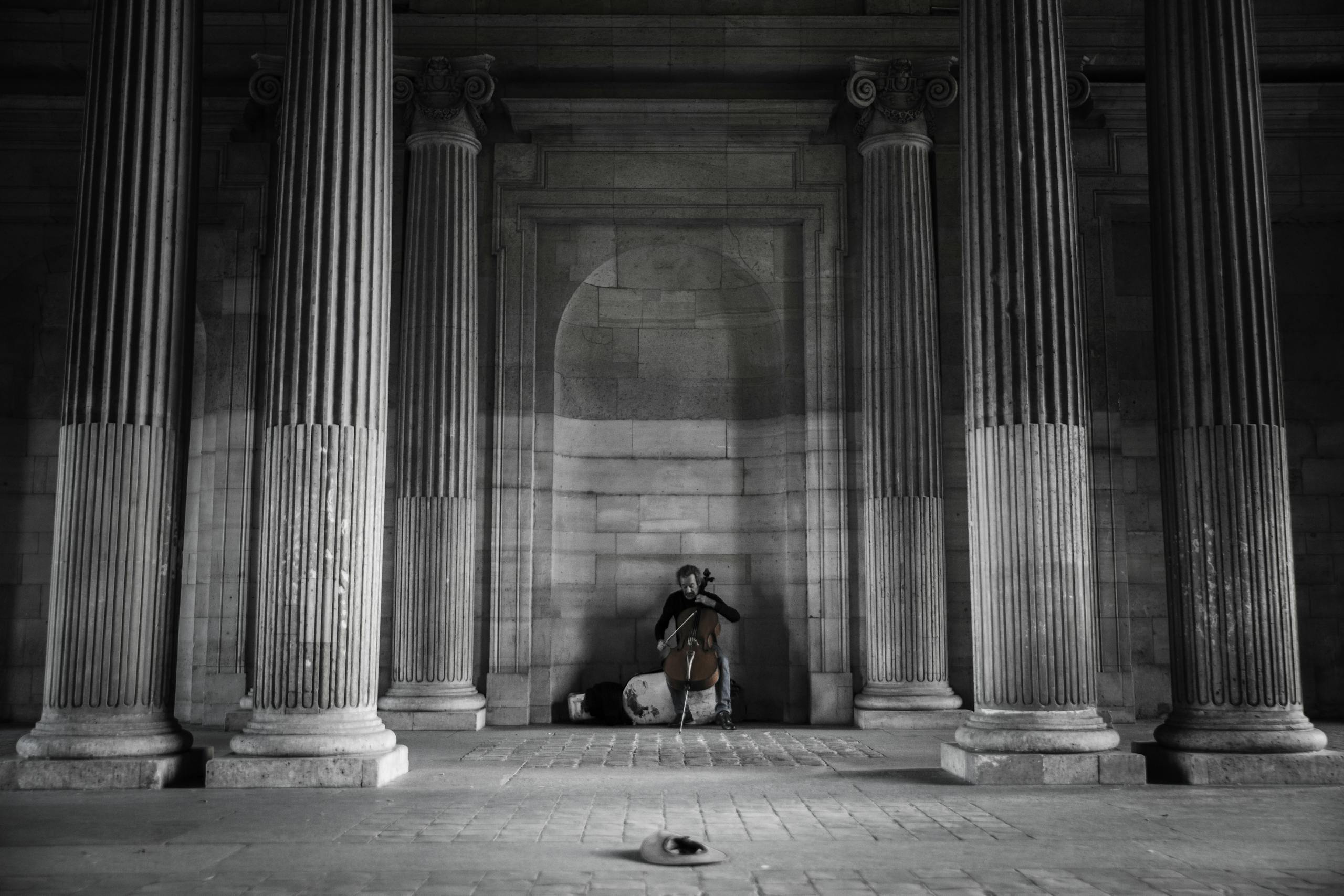Introduction: What Is Sensory Architecture?
Architecture is often perceived as a visual discipline — a field dominated by sketches, renders, and façades. But real architecture is not experienced through the eyes alone. We hear it, touch it, smell it, and move through it. This is the domain of sensory architecture — a design philosophy that prioritizes the full human sensorium, not just vision.
Sensory architecture aims to create spaces that resonate emotionally and physically, engaging all five senses and even our sixth sense of spatial awareness. From the echo in a stone church to the warmth of wood underfoot, it’s about making buildings that aren’t just seen — they’re felt. In a world overloaded with screens and flattened digital experiences, sensory architecture is not a luxury; it’s a return to the human.
The Evolution of Sensory Architecture
Though the term “sensory architecture” has gained traction in recent decades, the concept is ancient. Indigenous structures, Islamic gardens, Roman baths, and Japanese teahouses were all crafted with sensory nuance in mind. They didn’t need the term — they simply understood that a well-designed space affects the whole body.
Modernist architecture, in its pursuit of abstraction and efficiency, often minimized sensory richness. Smooth white walls, neutral materials, and visual simplicity dominated. But today, designers are increasingly returning to sensory architecture to make environments that comfort, stimulate, and inspire.
A Deep Dive into the Senses
Touch: The Forgotten Sense in Architecture
Sensory architecture reclaims touch as a key player. From the rough texture of rammed earth to the polished grain of hardwood, materials transmit emotion. Touch connects us directly with the built world, creating intimacy and memory.
Sound: The Acoustic Experience of Space
How a space sounds — the echo in a hall, the silence of a library — is as important as how it looks. Acoustic engineering is a growing part of sensory architecture, whether through sound-absorbing materials in schools or reverberant curves in sacred spaces.
Smell: The Invisible Design Layer
Though harder to design for, smell is a powerful part of spatial memory. Sensory architecture may use fragrant timber, natural ventilation, or even curated scents in lobbies to influence mood. Some museums and wellness centers now intentionally diffuse scents as part of the design experience.
Sight: Beyond Aesthetics
Light, shadow, color, and rhythm make up the visual vocabulary of sensory architecture. But unlike traditional aesthetics, here the goal is to support other senses — to create balance and mood, not just image.
Proprioception: Designing for Movement
How the body moves through space — the rhythm of steps on stone, the ascent of a spiral staircase, the squeeze of a narrow hallway — deeply affects emotion. Sensory architecture often borrows techniques from choreography, theater, and ritual to guide motion with intention.

Contemporary Projects Rooted in Sensory Architecture
- Peter Zumthor’s Therme Vals (Switzerland) uses stone, sound, humidity, and temperature to envelop visitors in a multi-sensory experience.
- The Sancaklar Mosque (Turkey) by Emre Arolat strips away ornament to highlight texture, shadow, and acoustics.
- The Kendeda Building (Georgia Tech, USA) integrates daylight, ventilation, wood scent, and tactile details to create comfort and biophilic richness.
These examples of sensory architecture show that it’s not about spectacle. It’s about stillness, slowness, and attention to how space is truly experienced.
Why Sensory Architecture Matters Today
In the age of hyper-visual culture — where we scroll more than we walk — sensory architecture offers reconnection. It speaks to the body, not just the mind. And that has profound implications:
- Well-being: Spaces that reduce noise, soften glare, and invite touch promote mental health.
- Equity: Designing for the visually impaired or neurodiverse communities often leads to richer experiences for everyone.
- Sustainability: Natural materials with strong sensory appeal — wood, clay, stone — are often local and low-carbon.
Designing for the senses also strengthens cultural memory. Scented gardens, water sounds, sun-warmed surfaces — these are timeless markers of identity and place.
Conclusion: The Future Is Sensory
As architecture shifts from form to experience, sensory architecture will take center stage. It is not a style, but a design ethic — one that honors human emotion, biology, and memory.
We do not merely see buildings. We inhabit them with skin, breath, steps, and sound. Sensory architecture reminds us that good design is not just what we show — it’s what we feel, remember, and live through every day.
